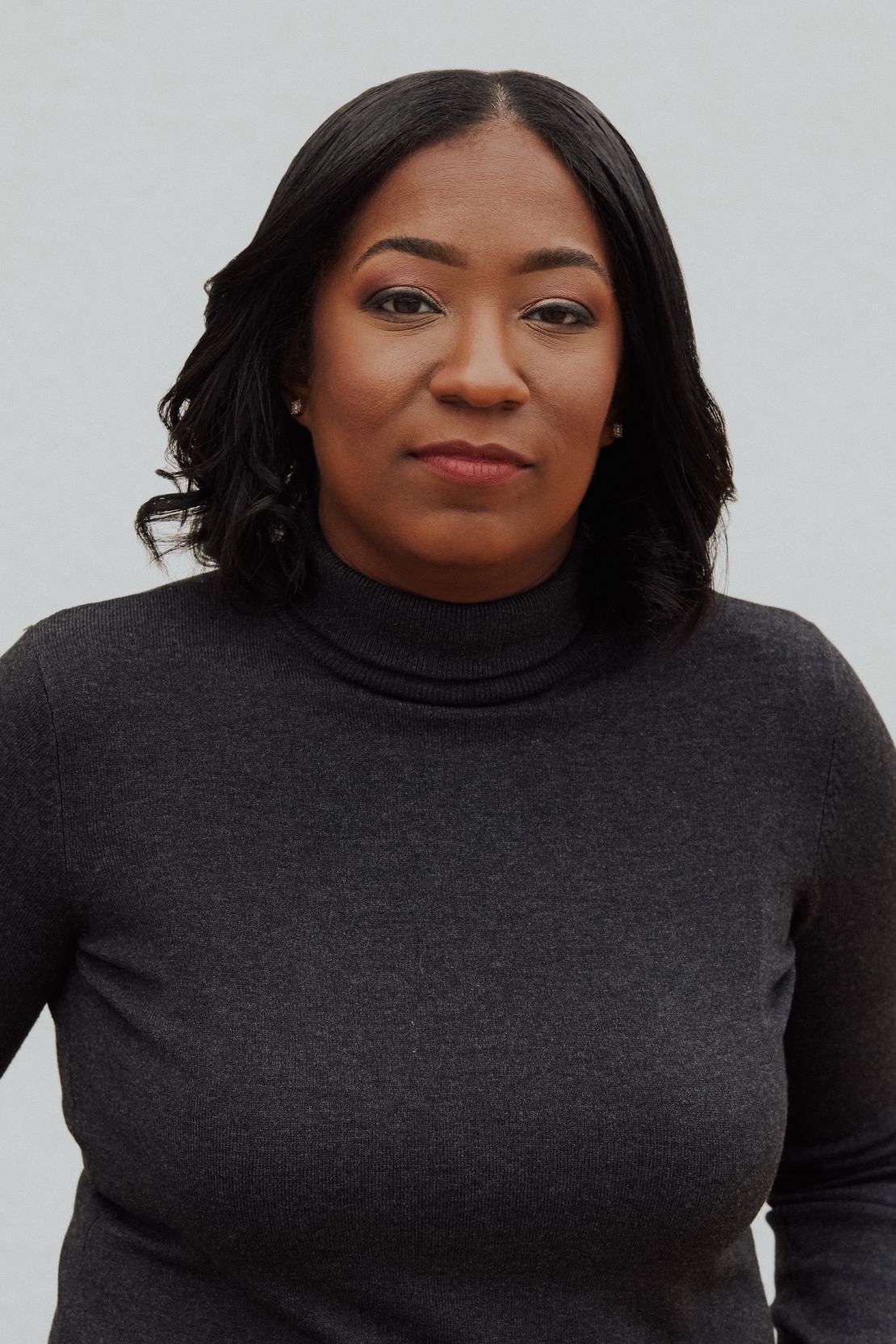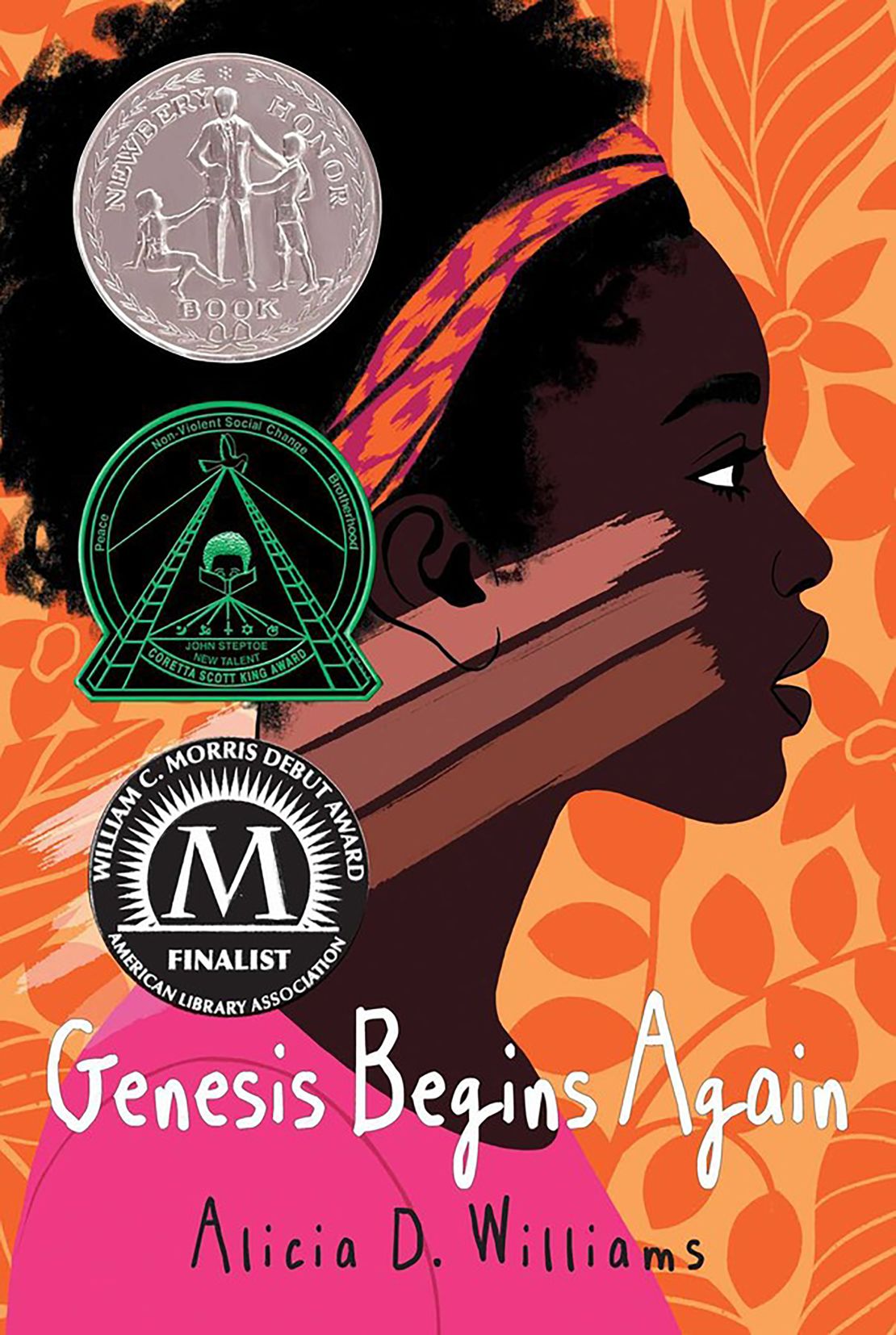While the world continues to reckon with systemic racism and anti-Blackness during a summer of protest and awakening after the killing of George Floyd, a new novel explores another layer of discrimination experienced by people within Black communities.
Brit Bennett’s “The Vanishing Half” is the story of the Vignes twins, Desiree and Stella, who yearn for escape from their small, fictional town in the Deep South populated solely by light-skinned Black people.
In 1950s Mallard, Louisiana the residents venerate their proximity to Whiteness and consider dark skin undesirable. The twins are revered for their fair complexion but equally reminded of their race by the unfair world around them; years earlier, they witnessed their father lynched by a White mob, and now, when they want only to go to school, they are forced to work alongside their mother as maids to rich, White families to make ends meet.
At the age of 16, Desiree and Stella run away from Mallard, ending up on two very different paths. Years later, one sister returns home, destitute and with her young, dark-skinned daughter in tow, while the other, still deeply affected by the trauma of witnessing her father’s death simply for being Black, is now “passing” as a White woman and benefiting from the privileges of her new life in a middle-class Californian suburb.
The novel’s themes of colorism and racial inequality appear to have chimed with readers at a time when more Americans are consciously educating themselves on issues of race, as demonstrated by a surge in the sale of books on the subject.
“The Vanishing Half” held the number one spot on The New York Times fiction bestsellers list for three nonconsecutive weeks after it hit shelves and it remains on the list at time of publication. Meanwhile, HBO has already snapped up the television rights to adapt it as a limited series.

In a telephone interview, Bennett admitted feeling “ambivalent” about the book’s success because of the sobering circumstances surrounding its publication. “I never imagined this book would emerge during this period of time when there was so much upheaval around race throughout the world,” said the author. “I didn’t imagine that would be the larger conversation surrounding it. I was overwhelmed by that.”
Bennett is pleased, however, that it is inspiring people of color to talk about, and even confront, colorism in their own communities.
Colorism is not an issue confined to Black communities in the United States. Prejudice or discrimination towards darker skinned people is seen within ethnic groups of color across Asia and Latin America. In the US, colorism’s roots can be traced back to the transatlantic slave trade between the 16th and 19th centuries, according to Dr. Aisha Phoenix, postdoctoral researcher at SOAS University in London and author of the 2014 article, “Colourism and the Politics of Beauty,” published in the academic journal Feminist Review.
“Preferential treatment was given to slaves with light skin, who were the mixed-race children of slave owners and slaves. They were allowed to work in the house and were seen to have higher status than those with darker skin and those who had traits that were more similar to African features,” said Phoenix in a telephone interview. “The contrast between the way they were treated helped to ingrain the idea that light skin was better.” In “The Vanishing Half,” that ideology is entrenched in the townspeople of Mallard.
Bennett came up with the idea for her novel following a conversation with her mother. “She was telling me about a town she remembered hearing about growing up,” said the author. “It was a town full of light-skinned Creole people, where everyone intermarried so their children would get progressively lighter from generation to generation. It struck me as very strange, and also very disturbing.”
Unlearning colorism
Bennett’s hopes that Black and minority ethnic readers will question and begin to dismantle colorism as a White supremacist construct. “I hope that it allows us to have conversations in our communities about the ways in which we internalize white supremacy,” she said. “I wanted to think about how we can actually liberate ourselves of this toxic ideology of White supremacy?”
Unlearning the belief that lighter skin is better than dark skin won’t be easy. People of color first experience colorism at a very young age, notably at home or in school, ingraining these ideas from adolescence, a 2018 academic review found. This experience continues into adulthood as colorism pervades everyday life, whether at work, through the media or within the criminal justice system.
Teacher-turned-author Alicia Williams experienced colorism growing up in Detroit, Michigan. She was compared to lighter-skinned cousins and often felt shunned because of her darker skin tone.
“In elementary school, there were two Danas who had long hair, what is called ‘good hair’ … and I had short kinky hair,” said Williams in a telephone interview. “And the Danas were light-skinned. I tried so badly to attach myself to them. I wanted to be seen with them, because if I was seen with them, maybe I could be as pretty to some, or blend in or just feel like I upgraded.”
Williams recalled feeling self-conscious about her hair and darker complexion from a young age, adding: “My brother was only serious about light-skinned girls with long hair … so growing up seeing that, what did that tell me? I was unlovable. Not even my brother saw value in me.”
Years later, working as a kindergarten teacher, Williams noticed children of color who felt uncomfortable choosing crayons that matched their skin tone. “I remember one little girl who would cry because her hair was bigger and bushy. And she was getting teased about it. And so the idea of [colorism] is just so much,” said Williams.
A different kind of discussion
Williams’ own experiences and her work in schools led her to write a middle grade book, “Genesis Begins Again,” about a dark-skinned Black girl who struggles to accept her appearance and is taunted at school. The book has afforded Williams the opportunity to visit schools and break down colorist myths. “‘This is the book I needed when I was 13 years old.’ I’ve heard that [from people],” said Williams.

“We have to recognize that we have biases in our own community,” she added. “And we have to challenge our family members. Even to this day I’ve had a family member say, ‘Oh, your daughter’s gums are dark.’ I wrote a whole book on this. I said, ‘Are you seriously trying to do colorism?’ You have to call it out for what it is.”
“The media helps to perpetuate colorism by prioritizing light skin over darker skin shades,” particularly in relation to women, said Phoenix. “If light-skinned women are always the ones presented as being more beautiful, then that helps to instil in communities the idea light skin is more beautiful than darker skin shades.”
Habeeb Akande, a Black man from London, admitted during a phone conversation that in his teenage years he used to see light-skinned Black women as more desirable than dark-skinned Black women. “My preference was shaped by looking at hip-hop videos of Ja Rule, where I saw a lot of scantily clad, golden-brown Brazilian women,” he said. “That informed my perception.”
Akande believes we need to see more positive representation of darker-skinned women in mainstream media to challenge this perception, particularly among Black men. “When Black people are depicted, the ‘acceptable face’ of Blackness is a lighter-skinned or mixed-race Black person,” said Akande. “We need to see a wide range of Black beauty. That will change people’s consciousness.”
“(Colorism) has always been dirty laundry … we know it goes on, but we’re not really interrogating it or questioning it,” added Phoenix. “‘The Vanishing Half’ is a great opportunity to explore this issue because it’s publicizing it and by people talking about it more, things begin to change.”
Since the novel’s release, Bennett says she’s heard from readers about the deep discussions they have been having in their book clubs about personal experiences of racism and colorism. “It’s much more complicated when you talk to people about their feelings than when you have these political conversations about it,” said the author. “There’s a larger conversation we’re having about systemic racism and that’s crucial to have. But I’ve enjoyed these conversations about interpersonal experiences with race. They don’t feel as contentious or as defensive as the [political] conversations we often have. People have told me about family members who have passed, or people who are multiracial who feel torn between different cultures.”
“I heard about lots of complex family histories,” she added with a laugh.



